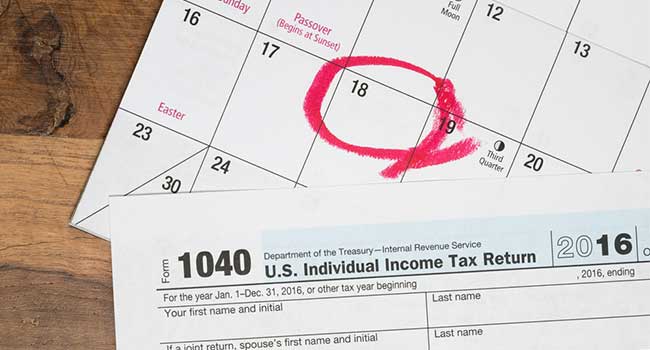
Why Protecting Your Tax Data Is More Important than Ever
- By Ebba Blitz
- Apr 18, 2017
For individuals and many businesses, Tax Day is April 18 this year – and while it isn’t necessarily a celebration for most, completing returns on time can be immensely satisfying…and a huge relief. However, in recent years a disturbing new trend is on the rise – cybercrime relating to tax returns and tax-related data. For its victims, Tax Day represents inconvenience and loss.
Every year, in the run-up to the tax filing deadline, data breaches are becoming more frequent and larger in scope. With Tax Day approaching, businesses and individual filers should be aware that the sensitive data they are required to submit to the IRS may not be as secure as they may assume. For example:
- In August 2015, the IRS was sued by taxpayers after it fell prey to a massive data breach affecting 330,000 people. Hackers reportedly stole personal information including Social Security numbers and accessed completed tax returns from the IRS. Multiple reports suggest that thieves were able to use this information to steal more than $50 million in federal funds.
- Later, in February 2016, the IRS reported that the data breach was more than twice as big as initially realized. Instead of 330,000, the IRS reported that the data breach may have affected more than 700,000 victims.
Those affected are undoubtedly still feeling the effects from this theft, and we have learned the hard way that the IRS is not immune to cybertheft. As businesses and individuals increasingly file taxes and reports online, data breaches are becoming more common. This is especially true in the first quarter of the year, leading up to Tax Day, when more online financial activity occurs, and criminals know there is valuable, and, in some cases, easily obtainable information being transmitted to and from the IRS. A recent survey conducted by Impulse Research Group on behalf of Experian showed that almost half of respondents filed their own taxes electronically, another 20 percent file taxes by mail, and 30 percent file taxes with the help of a tax professional. As a result, information can be redirected without the knowledge of the individual.
A critical first step to preventing tax-related identity theft is to ensure that tax documents are securely stored and archived and that proper destruction of documents takes place after the period of limitations for a return runs out, usually three years per IRS guidelines. In addition, businesses should protect from phishing scams by educating employees on proper handling of documents that contain Social Security and tax ID numbers, as well as any sensitive employee data. Suspicious emails shouldn’t be opened; instead, users should go directly to the source, such as IRS.gov, rather than opening unsolicited emails or clicking on random links. Employees should also be trained to never respond to unsolicited requests for business or personal data of any kind, and companies should request removal from solicitation lists for business loans, credit cards and lines of credit – and those solicitation documents should be destroyed.
Cybersecurity is paramount, and businesses should use encrypted electronic payment forms, rather than paper, whenever possible. Electronic banking and transaction networks are inherently more secure than postal mail or fax and should be used as part of an overall IT security chain. For businesses of ANY size, including small- to medium-sized businesses, key elements of the security chain should encompass:
- Encrypted communication – Via Virtual Private Network tunneling, to prevent sensitive traffic from going across the public internet, and protecting endpoints like laptops and desktops.
- Encryption “retention”– Smartphones, hard drives and computers can contain sensitive information; when full disk encryption is in place, it prevents access to this information. However, as old equipment is discarded, encryption should be kept in place to protect the data on those devices.
- Protection of data in transit and in the cloud – Leveraging full disk encryption to ensure that even if thieves intercept data, they can’t do anything with it.
- Multi-factor authentication – Multi-tiered user authentication that makes it harder for an impostor to hijack login credentials and access data.
- Firewalls – For blocking unauthorized access to company networks and systems, preventing data breaches and installation of viruses, malware and other code designed to steal sensitive information.
Overall, consumers and businesses should not underestimate the value of personal data. The unfortunate fact is that there is a thriving criminal market for this information, and cybercriminals are increasingly sophisticated. Tax season reminds us to be vigilant about data protection in order to prevent damage to businesses and personal finances – not to mention avoiding the stressful administrative headaches associated with data breaches. Doing as much as possible to secure data and keep personal identifying information safe – physically and electronically, including via the IT security chain – reduces the chance that even a successful data breach can do harm and ultimately protects and even enhances trust. And that is invaluable.